Best Practices Articles

Building a Strong Foundation for a Partner Ecosystem
Introduction
A partner ecosystem helps companies grow their market reach, increase revenue, and enhance customer success. When structured properly, it fosters collaboration, expands business opportunities, and creates long-term strategic advantages. However, companies need a solid foundation to build a successful partner ecosystem. Without one, they risk attracting the wrong partners, experiencing misalignment, and failing to sustain long-term success.
A well-defined partner ecosystem streamlines market entry, reduces customer acquisition costs, and drives innovation. Many of today’s leading businesses, including technology companies, rely on strong partner networks to scale faster. A structured partner ecosystem helps companies use external expertise to grow beyond their internal teams.
To create a thriving partner ecosystem, organizations must take a strategic approach. A structured partner ecosystem helps companies tap into external expertise and grow beyond their in-house teams. A well-structured framework ensures partners align with business goals, increasing collaboration and long-term success.
Defining the Ideal Partner Profile (IPP)
Understanding the Role of an IPP
An Ideal Partner Profile (IPP) helps businesses select the right partners. Similar to an Ideal Customer Profile (ICP), an IPP focuses on partnerships instead of direct customer acquisition. It defines the characteristics of partners that align with the company’s products, target market, and long-term objectives.
Selecting the right partners ensures that partnerships go beyond simple lead generation. The right partners:
- Enhance product offerings through integrations.
- Expand market reach by accessing new customer segments.
- Strengthen brand credibility through strategic alliances.
- Improve customer success by adding value to the buying journey.
Without a well-defined IPP, companies may struggle with ineffective partnerships that do not contribute to business growth.
Key Factors to Consider in an IPP
To build a strong partner ecosystem, companies must evaluate potential partners based on the following criteria:
- Market Alignment: Do the partner’s customers match the company’s Ideal Customer Profile (ICP)?
- Capabilities & Expertise: Does the partner have strong technical, sales, and marketing skills?
- Commitment Level: Is the partner willing to invest in training, certifications, and co-selling?
- Reputation & Credibility: Does the partner have a strong industry reputation and proven success?
- Cultural Fit: Do the partner’s business values align with the company’s mission?
Selecting partners based on these factors ensures long-term unity and sustainable success.
Using Customer Insights to Identify Partners
One of the best ways to refine an IPP is by gathering customer insights. Companies can analyze feedback to identify potential partners by asking:
- Which vendors or service providers do you already trust?
- What integrations or complementary products do you need?
- What purchasing or partnership models do you prefer?
Customer-driven partnerships ensure that a partner ecosystem aligns with real market demand. By understanding customer needs, businesses can build strategic alliances that improve product offerings and create a competitive advantage.
The Right Time to Build a Partner Ecosystem
When Should Companies Start?
Many businesses wait to start a partner ecosystem, thinking they need a big sales team or established sales channels. However, waiting too long can be a mistake.
The best time to start a partner ecosystem is after reaching product-market fit with a small sales team. At this stage, businesses have enough sales data to evaluate how partnerships can help scale distribution and revenue.
Launching a partner ecosystem early allows companies to:
- Expand market reach without hiring large internal sales teams.
- Lower customer acquisition costs through partner-driven referrals.
- Improve product adoption by integrating with complementary solutions.
Business Growth Stages and Partnerships
Businesses typically progress through three growth stages before integrating partnerships effectively:
- Founder-Led Sales: The company focuses on identifying its ideal customers and refining messaging.
- Sales-Led Growth: A structured sales team executes a scalable sales process.
- System-Led Growth: The company expands sales efforts with demand-generation strategies.
The best time to introduce a partner ecosystem is during the transition from Sales-Led Growth to System-Led Growth. This ensures that partnerships support, rather than disrupt, business operations.
Overcoming Common Timing Challenges
Delaying partnerships can create several challenges:
- Sales Team Resistance: A direct sales team may hesitate to shift focus to indirect channels.
- Delayed Market Penetration: Companies may miss opportunities to expand early through partnerships.
- Higher Costs of Late Adoption: Retrofitting a partner ecosystem later can be expensive and resource-intensive.
To prevent these issues, companies should incorporate partnerships into their go-to-market (GTM) strategy early.
Building a Scalable Partner Program
Designing a Tiered Partner Structure
A structured partner ecosystem includes different types of partners, each contributing in unique ways. Companies should clearly define partner roles and responsibilities. Common partner models include:
- Referral Partners: Generate leads and receive commissions but do not manage sales.
- Resellers: Sell products directly to customers and provide post-sales support.
- OEM (Original Equipment Manufacturer) Partners: Integrate the product into their solutions and sell it under their brand.
- Strategic Alliances: Engage in deep product integrations, co-marketing, and joint go-to-market strategies.
By categorizing partners based on their roles, businesses can create custom engagement models that maximize efficiency.
Setting Clear Partner Expectations
To avoid misalignment, businesses must define clear partner expectations, including:
- Revenue Goals: Sales targets for each partner type.
- Training & Certification: Enablement programs to ensure partners understand the product.
- Support Structures: Dedicated account managers, deal registration processes, and escalation paths.
- Co-Marketing Guidelines: Frameworks for leveraging brand assets and collaborating on sales efforts.
Setting clear expectations prevents miscommunication and keeps the partner ecosystem productive.
Implementing an Effective Onboarding Process
Once partners are selected, a structured onboarding process is essential for success. Companies should provide:
- Welcome Kits: Guides, FAQs, and key contact details.
- Training & Certification Programs: Instructor-led or self-paced learning materials.
- Partner Portals: Centralized access to enablement tools and deal management.
- Early Business Planning: Goal-setting sessions to align expectations.
A structured onboarding process accelerates partner engagement and helps them generate revenue sooner.
Conclusion
A well-structured partner ecosystem helps businesses expand market reach, improve operational efficiency, and drive revenue growth. Companies should define their Ideal Partner Profile, start partnerships at the right time, and create a scalable program.
Businesses that invest in onboarding, clear engagement, and customer insights set their partner ecosystem up for long-term success. A strong partner ecosystem enables companies to scale faster, reduce costs, and drive innovation.
Are you ready to build your partner ecosystem? Start by refining your IPP, selecting the right partners, and implementing an effective onboarding process today.
Best Practices Guidebook
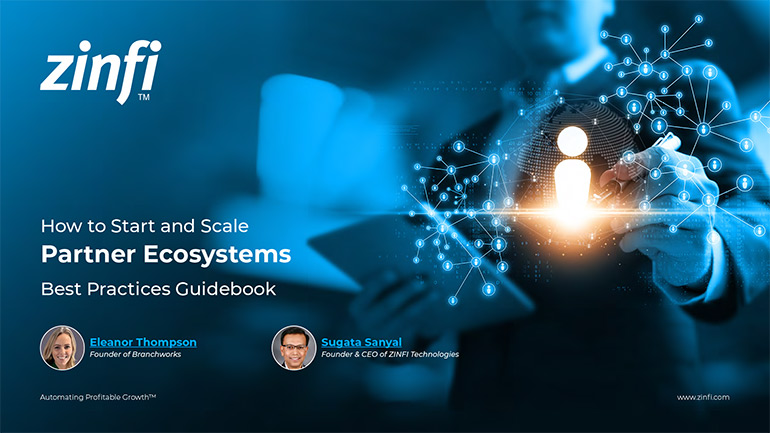 How to Start and Scale Partner Ecosystems Best Practices
How to Start and Scale Partner Ecosystems Best PracticesDownload Guide
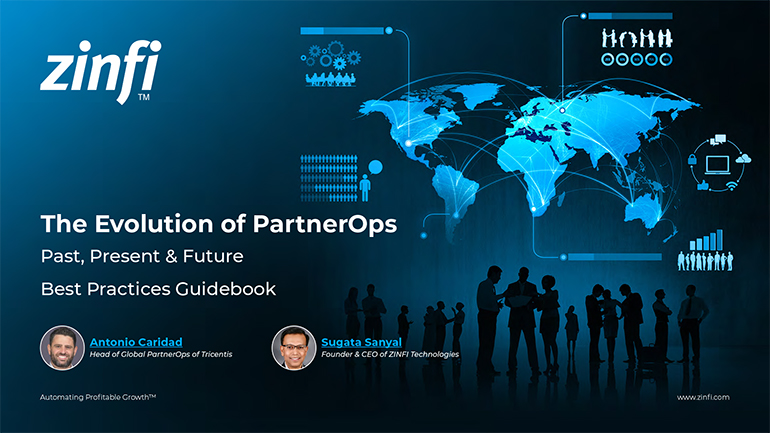 The Evolution of PartnerOps: Past, Present & Future Best Practices
The Evolution of PartnerOps: Past, Present & Future Best PracticesDownload Guide
 Mastering Channel Sales: Strategies, Best Practices, and Growth Tactics for 2025
Mastering Channel Sales: Strategies, Best Practices, and Growth Tactics for 2025Download Guide
 Winning with Partner Advisory Councils: Best Practices for Partner Engagement & Growth
Winning with Partner Advisory Councils: Best Practices for Partner Engagement & GrowthDownload Guide
 The Future of Partner Ecosystems Best Practices
The Future of Partner Ecosystems Best PracticesDownload Guide
 The AI Revolution: How Technology and Talent are Shaping the Future
The AI Revolution: How Technology and Talent are Shaping the FutureDownload Guide
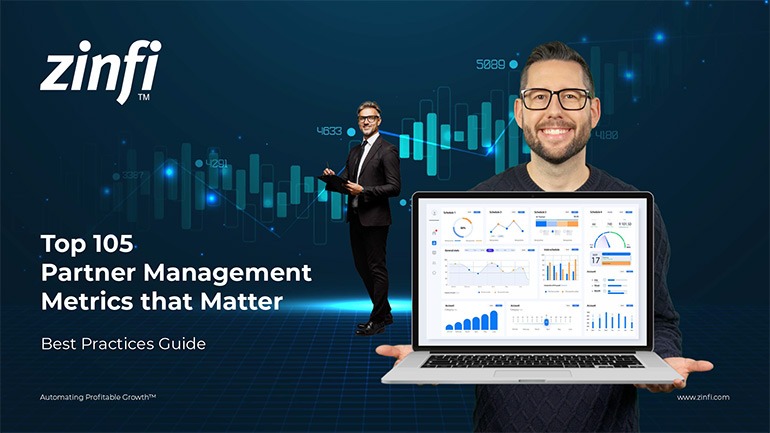 Top 105 Partner Management Metrics that Matter Best Practices
Top 105 Partner Management Metrics that Matter Best PracticesDownload Guide
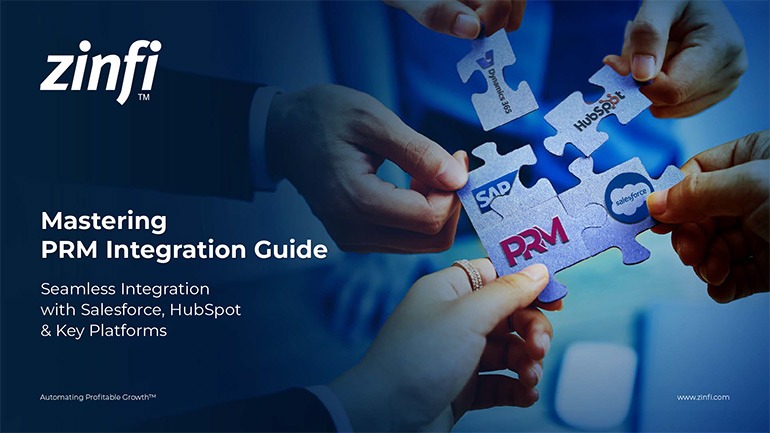 Mastering PRM Integration Best Practices
Mastering PRM Integration Best PracticesDownload Guide
 Building a Sales Partner Portal with Salesforce Best Practices
Building a Sales Partner Portal with Salesforce Best PracticesDownload Guide
 Building and Managing Partner Ecosystems Best Practices
Building and Managing Partner Ecosystems Best PracticesDownload Guide
 Mastering Co-Marketing and Co-Selling Best Practices
Mastering Co-Marketing and Co-Selling Best PracticesDownload Guide
 Transforming Partner Ecosystems Best Practices
Transforming Partner Ecosystems Best PracticesDownload Guide
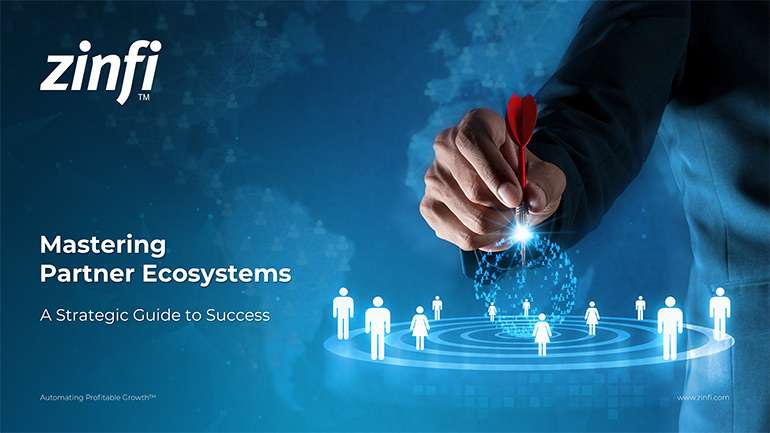 Mastering Partner Ecosystems Best Practices
Mastering Partner Ecosystems Best PracticesDownload Guide
 Mastering Partner Onboarding Best Practices
Mastering Partner Onboarding Best PracticesDownload Guide
 Partner Ecosystem Management Best Practices
Partner Ecosystem Management Best PracticesDownload Guide
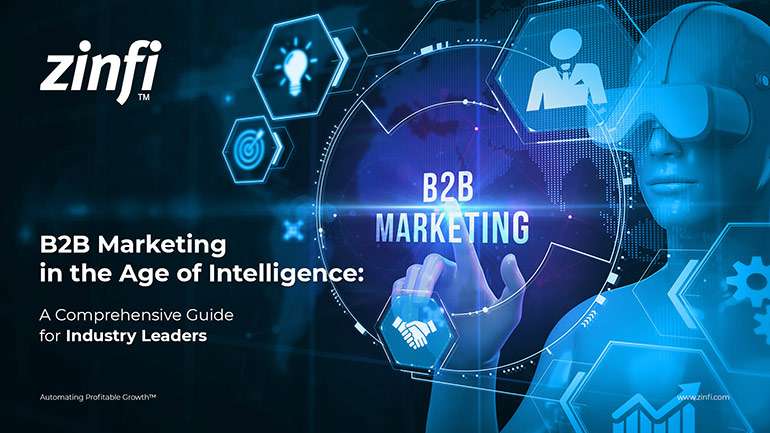 B2B Marketing in the Age of Intelligence Best Practices
B2B Marketing in the Age of Intelligence Best PracticesDownload Guide
 Multi-Partner Co-Selling Best Practices
Multi-Partner Co-Selling Best PracticesDownload Guide
 A Guide to Enhance Channel Sales Efficiency
A Guide to Enhance Channel Sales EfficiencyDownload Guide







